Estimation of Canal Water Deficit Using Satellite Remote Sensing and GIS: A Case Study in Lower Chenab Canal System

Authors:
The timely precise information of land use land cover (LULC) in the canal command area can help in managing irrigation water according to the crop water requirement. A study was conducted to map the LULC of irrigated command area of three distributaries in the lower Chenab canal system, Pakistan, namely Mungi, Killianwala and Khurrianwala for the estimation of canal water deficit (CWD). Multispectral images of LANDSAT-7 were used for Rabi season of 2009–2010 and 2010–2011. Normalized difference vegetation index-based unsupervised classification was performed for the formation of LULC of the commands area. During the initial classification, totally nine clusters were created with maximum likelihood. These clusters were then merged into final four classes on the basis of field knowledge. Accuracy assessment was performed using error matrix; producer and user accuracies were estimated for each class with overall accuracy of 84% and 86% for the Rabi season 2009–2010 and 2010–2011, respectively. For the assessment of the irrigation water demand,
potential evapotranspiration was estimated using the Penman–Monteith equation. Crop water requirement was estimated based on the 10-day Kc value of the mapped crop from the LULC. Irrigation water demand for cropped area was estimated from the LULC and crop evapotranspiration. Canal water deficit was estimated from the available canal water supply and irrigation water requirement in the Rabi season. During the Rabi seasons, average CWD was 64%, 72% and 32% (2009–2010) and 33%, 46% and 36% (2010–2011) for Khurrianwala, Killianwala and Mungi distributary, respectively.
